John Chiasson - An Introduction to System Modeling and Control
Here you can read online John Chiasson - An Introduction to System Modeling and Control full text of the book (entire story) in english for free. Download pdf and epub, get meaning, cover and reviews about this ebook. City: Hoboken, year: 2022, publisher: Wiley, genre: Science. Description of the work, (preface) as well as reviews are available. Best literature library LitArk.com created for fans of good reading and offers a wide selection of genres:
Romance novel
Science fiction
Adventure
Detective
Science
History
Home and family
Prose
Art
Politics
Computer
Non-fiction
Religion
Business
Children
Humor
Choose a favorite category and find really read worthwhile books. Enjoy immersion in the world of imagination, feel the emotions of the characters or learn something new for yourself, make an fascinating discovery.

- Book:An Introduction to System Modeling and Control
- Author:
- Publisher:Wiley
- Genre:
- Year:2022
- City:Hoboken
- Rating:5 / 5
- Favourites:Add to favourites
- Your mark:
An Introduction to System Modeling and Control: summary, description and annotation
We offer to read an annotation, description, summary or preface (depends on what the author of the book "An Introduction to System Modeling and Control" wrote himself). If you haven't found the necessary information about the book — write in the comments, we will try to find it.
A practical and straightforward exploration of the basic tools for the modeling, analysis, and design of control systems
In An Introduction to System Modeling and Control, Dr. Chiasson delivers an accessible and intuitive guide to understanding modeling and control for students in electrical, mechanical, and aerospace/aeronautical engineering. The book begins with an introduction to the need for control by describing how an aircraft flies complete with figures illustrating roll, pitch, and yaw control using its ailerons, elevators, and rudder, respectively. The book moves on to rigid body dynamics about a single axis (gears, cart rolling down an incline) and then to modeling DC motors, DC tachometers, and optical encoders. Using the transfer function representation of these dynamic models, PID controllers are introduced as an effective way to track step inputs and reject constant disturbances.
It is further shown how any transfer function model can be stabilized using output pole placement and on how two-degree of freedom controllers can be used to eliminate overshoot in step responses. Bode and Nyquist theory are then presented with an emphasis on how they give a quantitative insight into a control systems robustness and sensitivity. An Introduction to System Modeling and Control closes with chapters on modeling an inverted pendulum and a magnetic levitation system, trajectory tracking control using state feedback, and state estimation. In addition the book offers:
- A complete set of MATLAB/SIMULINK files for examples and problems included in the book.
- A set of lecture slides for each chapter.
- A solutions manual with recommended problems to assign.
- An analysis of the robustness and sensitivity of four different controller designs for an inverted pendulum (cart-pole).
Perfect for electrical, mechanical, and aerospace/aeronautical engineering students, An Introduction to System Modeling and Control will also be an invaluable addition to the libraries of practicing engineers.
John Chiasson: author's other books
Who wrote An Introduction to System Modeling and Control? Find out the surname, the name of the author of the book and a list of all author's works by series.



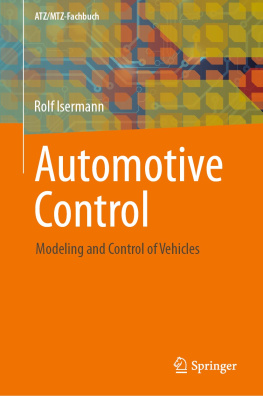

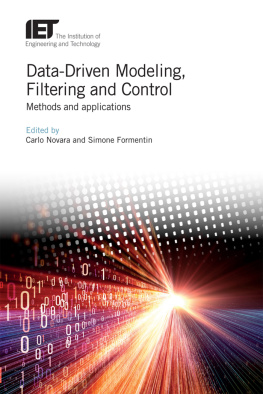
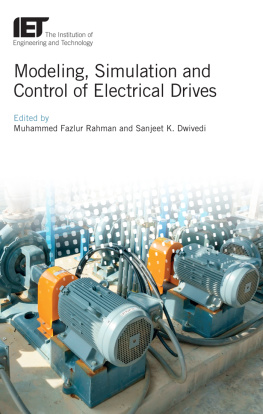

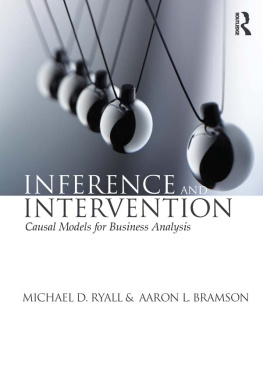
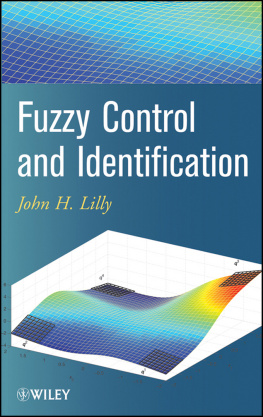


 despite the weight of the object in its end effector, or ensure a magnetic bearing maintains an air gap despite various loads on it, keeping a pendulum rod pointing straight up, etc. I recall a colleague commenting on a lecture he gave in which he referred to the standard unity feedback controller block diagram (Figure ) and told the class that the controller
despite the weight of the object in its end effector, or ensure a magnetic bearing maintains an air gap despite various loads on it, keeping a pendulum rod pointing straight up, etc. I recall a colleague commenting on a lecture he gave in which he referred to the standard unity feedback controller block diagram (Figure ) and told the class that the controller  was to be designed so that
was to be designed so that  A student then simply asked why not just get rid of the blocks and set
A student then simply asked why not just get rid of the blocks and set  It seems that in teaching the first controls course we end up manipulating block diagrams so much and so easily that students get lost in the abstraction not understanding what they represent.
It seems that in teaching the first controls course we end up manipulating block diagrams so much and so easily that students get lost in the abstraction not understanding what they represent.
 is modeled coming into the motor input, which is a voltage (). I explain how this load torque is modeled as an equivalent voltage disturbance which has the same effect on the position/speed of the rotor as the actual load torque. This sort of understanding seems to be lost in the standard manipulations of converting a differential equation model into a block diagram model. Of course, some good laboratory work can really help to clarify these ideas as well.
is modeled coming into the motor input, which is a voltage (). I explain how this load torque is modeled as an equivalent voltage disturbance which has the same effect on the position/speed of the rotor as the actual load torque. This sort of understanding seems to be lost in the standard manipulations of converting a differential equation model into a block diagram model. Of course, some good laboratory work can really help to clarify these ideas as well.